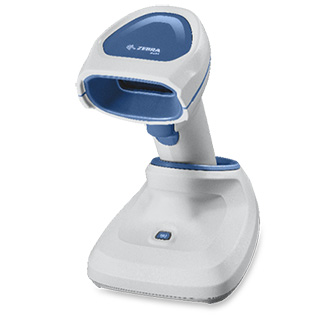05/30/2019 |
A
label isn’t just a label. A lot can go wrong when you decide on using the wrong
label for your application. Label failure often happens because people choose
to use cheaper supplies, even when they’ve invested in a top-of-the-line
printer.
The
truth is that even the best printers can’t save you from having the wrong
label. And when you do, productivity and efficiency can plumet. Plus, you’re
looking at creating a host of problems for your customers.
Here
are the types of failures that can occur when using the wrong label:
- Poor Print Quality
Cheap labels can often lead to print quality issues.
It’s easy to think it might be a printer
issue, but if you can’t read a label, it might be the label or applicator
itself.
If you do have a print quality issues, you can try
making adjustments on your printer, including calibrating your Zebra printers.
You should also review the media size and print preferences like margin values,
darkness, etc. Finally, you should check your printer speed and make sure. If you
are getting partially printed labels, this could be a significant factor.
Is your label not sticking to the box? Most likely
it’s an adhesive issue. Adhesive failures can happen for many reasons. First,
you must select the right type of Adhesive. Zebra has more than ten types, for
example, so you can find the one that’s specific to your application.
If you have an adhesive failure, you can first look to
see if there is contamination. Grease, oil, or other contaminants can create a
layer that prohibits your label from sticking correctly to its surface. All of
your equipment and surfaces should be cleaned regularly.
Other issues include your environment (temperature,
etc.) and your application technique. All should be reviewed if you are using
high-quality labels and not getting the performance you expect.
Labels that look good may still have problems in the
field. One area that can cause headaches for you is print scanning issues.
There are many potential problems and solutions for this issue.
Here are a few situations you might encounter. Your
barcodes may look good on the label, but when scanned, they read poorly or
outright fail. Labels can also look good but be too dark for the scanner. You
could have the incorrect darkness setting, or the print contrast ratio is
incorrect.
It’s important to know the proper label for your
situation when you think about label life. For example, high-quality thermal
transfer printed labels will outlive direct thermal printed labels. You have to
know how long your label must last if you are using direct thermal labels.
If you are producing labels that must survive for an
extended period, or have to withstand harsh conditions like sun, extreme temperatures,
etc., you must consider that. If you don’t, you’re setting your label up for
failure. In all of these cases, make sure you use thermal transfer labels.
However, if your label will likely have a short
lifespan and will likely be indoors with no exposure to elements, direct
thermal labels should work fine. You also must pay close attention to any laws
in your industry. Patient privacy, for example, requires direct thermal since
you do not want private information surviving indefinitely.
Tri-State
Business Systems can help you avoid label failures by helping you find the
right label for your situation. We recommend Zebra Technologies printing
supplies because their labels have an extensive testing process. Zebra sends
every label through a 23-point inspection and doesn’t use substitute materials
to make them. You won’t find better labels on the market. Give us a call, and
we can discuss your situation today.
Contact
Tri-State Business Systems @ 908-359-8001 www.tri-statebussys.com or sales@tri-statebussys.com

